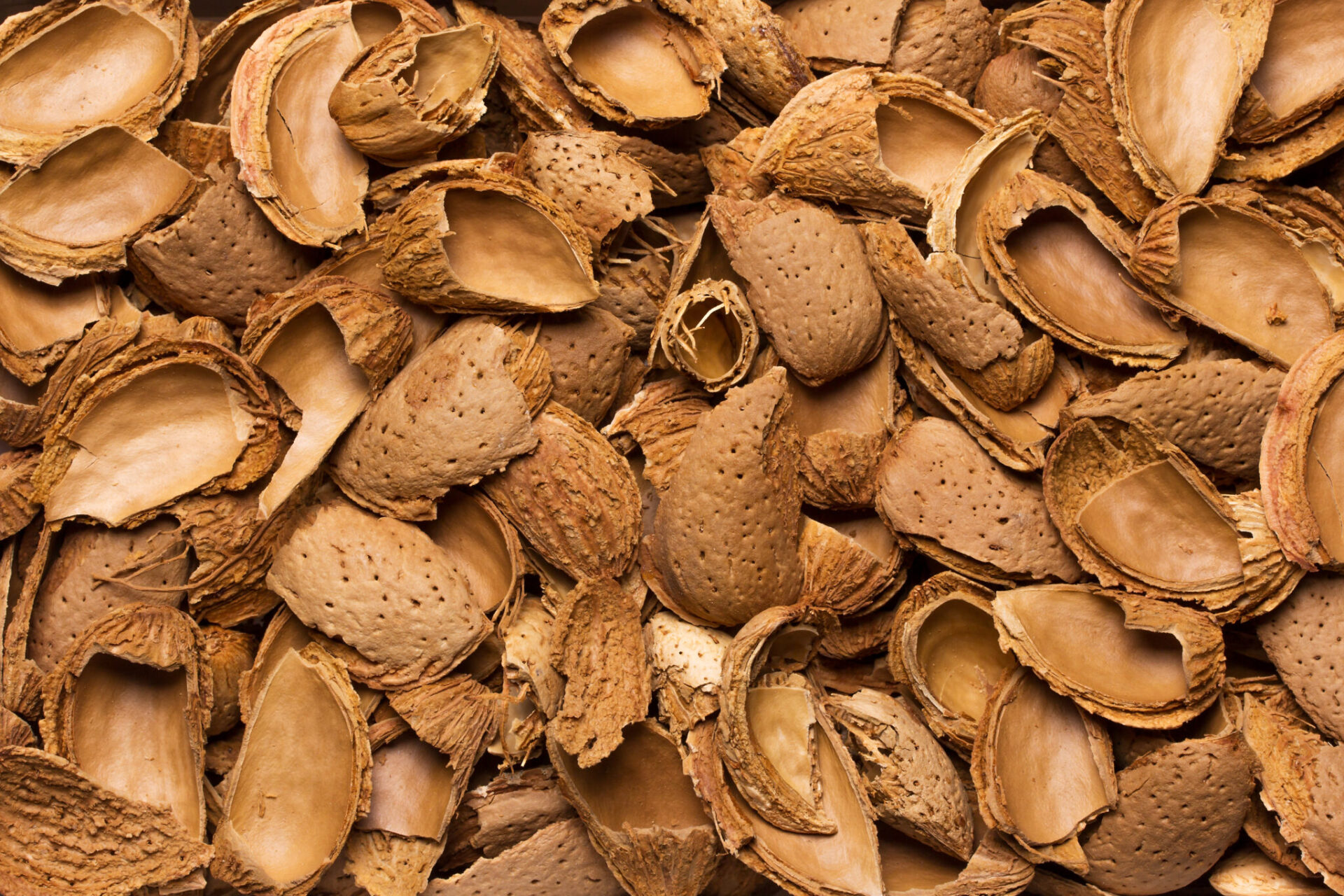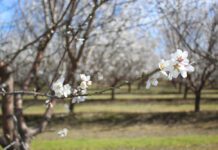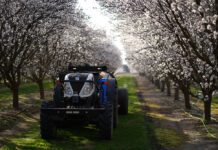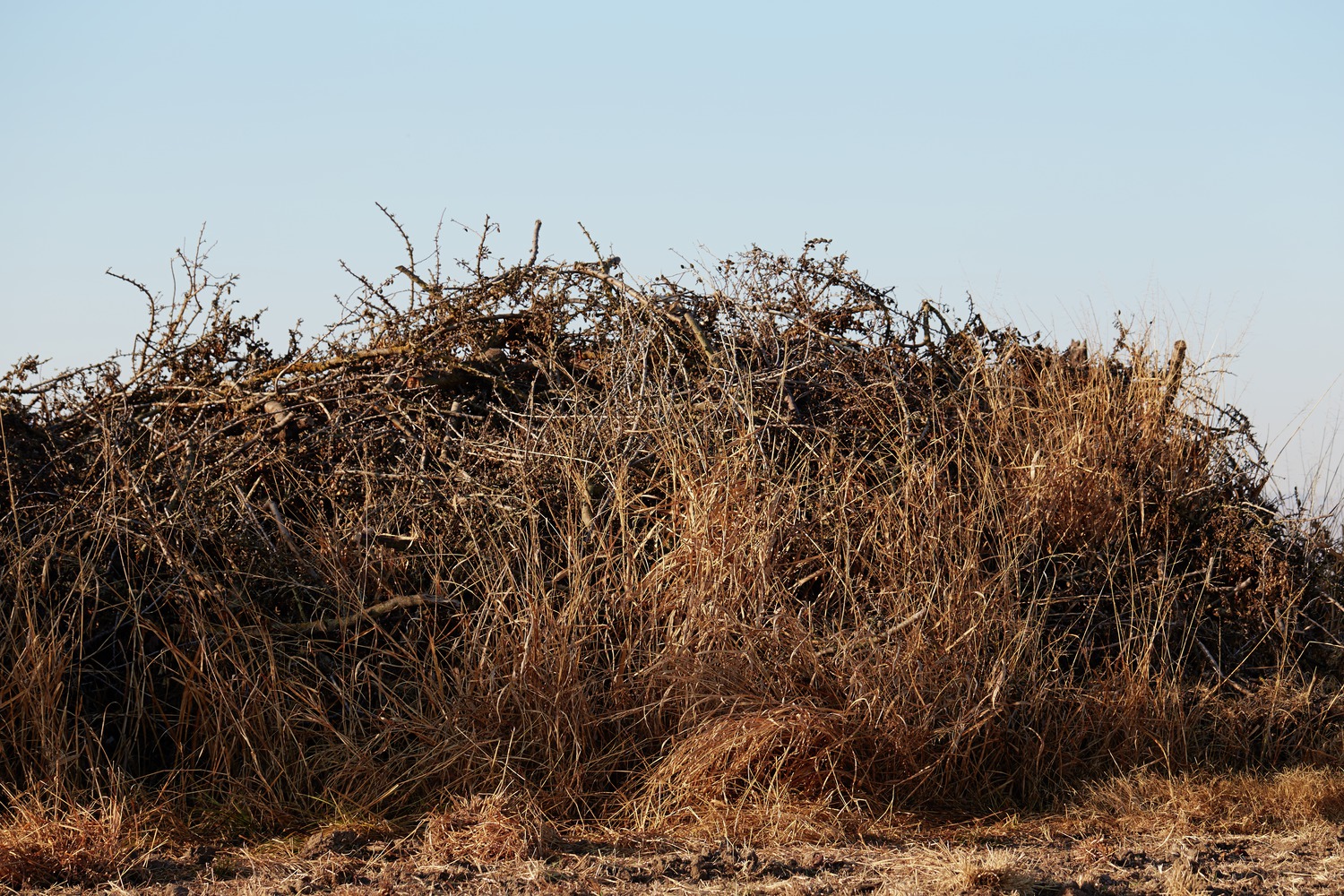
California agriculture produces millions of tons of woody waste each year, most notably from orchard removals or pruning operations. With the recent decision by the California Air Resources Board to phase out open-field burning in the San Joaquin Valley, growers need to know if there will be economical options for woody waste disposal in the future.
Roger Isom, president of Western Agriculture Processors Association, said flexibility and viable alternatives to agricultural burning are critical, particularly for smaller growers. The co-generation option for wood waste disposal has all but disappeared. While whole orchard recycling is a promising alternative, it may be cost-prohibitive for most small growers. The 2019 Almond Conference included presentations on using woody biomass, a feedstock for renewable fuel and biochemical production, but those projects have yet to come online.
Gradual Phase-Out
The San Joaquin Valley Air Pollution Control District will be working on specific agricultural burning regulations and limits. Almond Board of California’s Jesse Roseman, principal analyst in environmental and regulatory affairs, said there would be a period of negotiation with CARB and the District to line out a clear path for growers.
Currently, growers with 3,500 acres of trees or less may still apply for a permit to burn prunings. Almond Board said that the number of growers who will receive a permit will be gradually reduced until 2023 when only operations of less than 50 acres will be allowed to burn orchard removals. The number of permits and acres will continue to be reduced even beyond that.
Elaine Trevino, president of Almond Alliance, said in an Almond Board report that while the almond industry has made significant progress in whole orchard recycling programs, that is not a solution for all growers. The current exemptions protect the economic viability of small growers.
Roseman said the valley air district remains under a CARB mandate to reduce agricultural burning between now and 2025. Inaction by the almond industry is not an option, he added. The valley air district must show progress in annual reports or growers could face an immediate ban on burning, Roseman said.
According to the Almond Board, CARB has pledged action over the next six months to support the valley air district’s efforts in phasing out burning.
The board plans to hold a summit on non-burning alternatives and develop outreach materials and programs with UCCE to identify alternatives to orchard and vineyard removals. The summit would address how to get the biomass facilities permitted and built, and how to overcome regulatory hurdles. Energy market policies and incentives and infrastructure would also be discussed.
The summit would also pursue a Clean Biomass/Bioenergy Collaborative across state agencies along with incentive funding for growers from state and federal sources and encourage the use of woody biomass in low carbon uses.
The SJVAPCD has launched Alternative to Agricultural Open Burning Incentive Pilot Program and is accepting applications. The program provides incentives to chip or shred orchard removals for use in soil application.
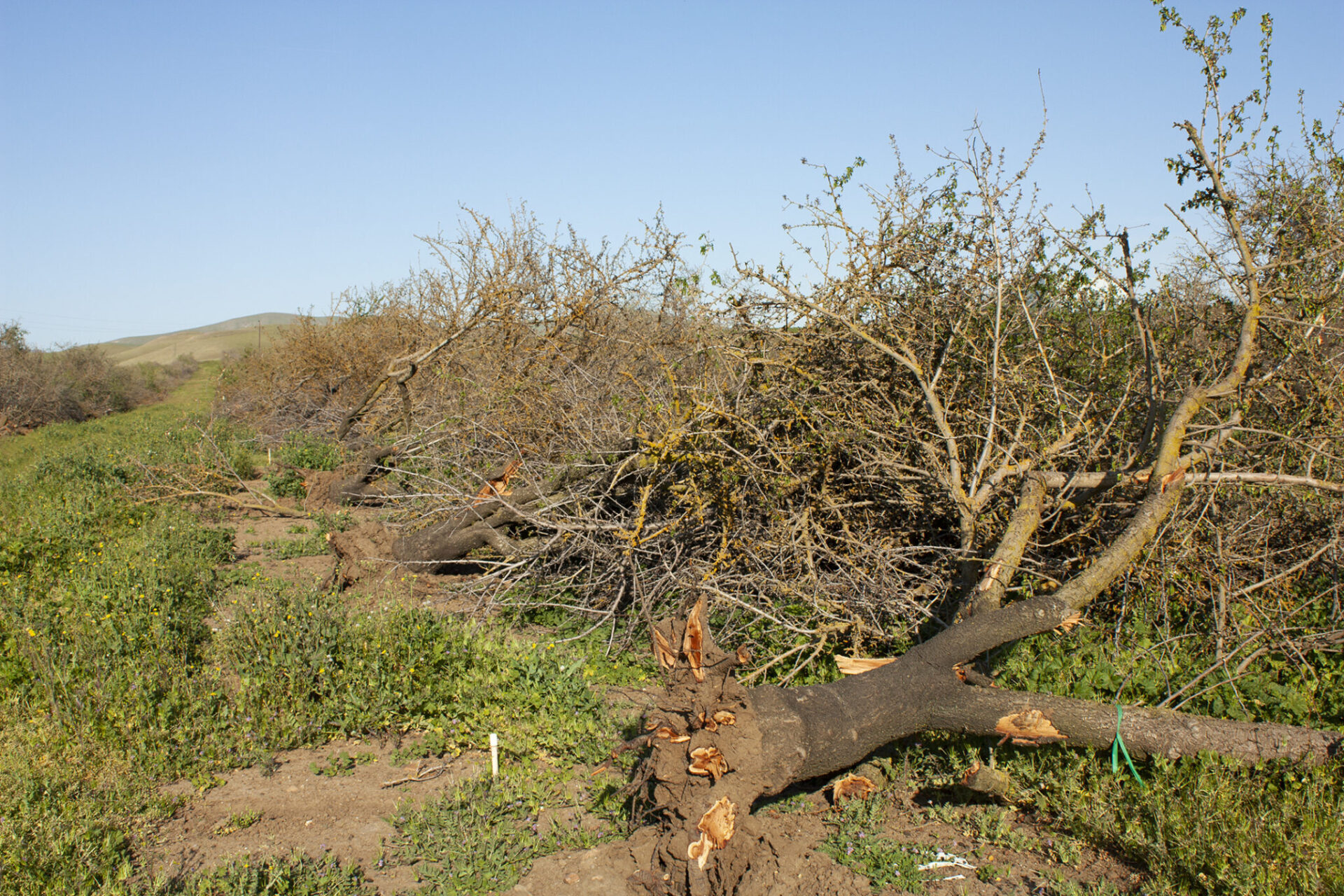
Current Efforts
The challenge of disposing woody biomass, given the growth of the tree nut industry in recent years, makes viable alternatives a life or death matter, said renewable energy consultant Jim Stewart. Stewart is assisting West Coast Waste in its renewable energy projects and is a former chairman of the Bioenergy Producers Association.
There are a number of gasification or pyrolysis–related projects in active development or construction in the Central Valley that could consume 1.2 million tons annually of agricultural residues as feedstock for the production of low carbon biofuels or renewable power. Gasification or “high temperature non combustion technology” will be the primary use of ag waste feedstock. These technologies, Stewart said, offer the single most available solution for growers while contributing to improved air quality throughout the Central Valley.
Aemetis in Stanislaus County is nearing construction readiness for a ‘Carbon Zero’ renewable jet fuel and diesel plant. The plant has a planned capacity of 23 million gallons a year from 287,500 tons of ag waste. This plant is receiving funding from the California Energy Commission, the USDA, US Forest Service, CDFA and the PG&E Energy Efficiency Program.
Enerkem and West Coast Waste in Madera County would convert 220,000 tons of almond orchard removal materials to 45 million gallons of low carbon intensity cellulosic ethanol. This project is in the CEQA process pending completion of engineering and closing of financing for a similar project in Canada. The Enerkem project will have two gasification production lines. The cost of this project is $500 million.
San Joaquin Renewables LLC is a company majority owned by Frontline Bioenergy. This plant is in the advanced planning stages for construction of a facility in McFarland in Kern County. This plant would convert 231,000 tons of orchard wood, almond and pistachio shells into renewable natural gas annually. This facility will use a proprietary gasification process that uses steam generated from process heat and oxygen produced in an air separation unit to convert biomass feedstock into renewable natural gas, biochar and ash. The EPA has determined that the facility will achieve a 96% lifecycle greenhouse gas reduction when compared to the 2005 diesel baseline emissions and will qualify for California’s Low Carbon Fuel Standard.
Chevron Corporation, Schlumberger New Energy, Microsoft and Clean Energy Systems have announced plans to develop a bioenergy with carbon captures and sequestrations project designed to produce carbon negative power in Mendota in Fresno County.
The plant will convert approximately 200,000 tons of orchard removals, primarily almond trees, into a renewable synthesis gas that will be mixed with oxygen in a combustor to generate electricity. More than 99% of the carbon from the process is expected to be captured for permanent storage by injecting carbon dioxide underground into nearby deep geologic formations.
West Coast Waste in Fresno County was originally established to provide orchard removal services and transport to waste combustion power plants. With the closing of those plants, WCW began development of both anaerobic digestion and gasification facilities at their Fresno headquarters site. These projects are in advanced stages of permitting and construction is expected to begin this year. The biomass plant will convert 79,200 tons of orchard waste annually into renewable electricity via a process that creates steam to run a turbine generator. The anaerobic digestion facility will principally process green waste from Fresno.
Aries Clean Technologies will provide the downdraft gasifiers to convert agricultural waste into energy and biochar at a facility to be built in Lost Hills in Kern County. The downdraft units will be capable of processing 165 tons of biomass daily to generate 86 megawatts of electricity, 72 megawatts of which will be sold into the grid. The system will also produce 5,000 tons of biochar annually for use as a soil amendment.
Yosemite Clean Energy in Kings County is developing three projects to convert wood waste into a synthetic gas from which power, renewable hydrogen or renewable natural gas can be produced. The Kettleman City Yosemite Hydrogen plant is expected to use agricultural waste to produce hydrogen for Interstate 5 trucking and passenger vehicles. This plant has a cooperative business model as suppliers of the waste will be owners of the plant.
Phoenix Energy, now commissioning in North Fork and Mariposa Biomass, are planning two facilities that will use forest-based fuel as feedstocks for gasification.
Stewart said these projects are capital intensive and face complex and time-consuming permitting challenges that many developers find to be frustrating. It is not unusual, he said, for it to take four years or more to advance a project from inception to commission. Expediting permitting and development phases is necessary to have these projects online by 2025.
The demise of the co-generation plants plus the huge growth in nut production in California has made development of renewable product technologies a must, Stewart said. Sustainable products from agriculture feedstocks are more than just biofuels.
Other products, including renewable chemicals, can be made from the same waste streams.
A stakeholder committee with representatives from California Citrus Mutual, California Fresh Fruit Association, WAPA, California Association of Wine Growers, American Pistachio Growers and Nisei Farmers League has sent a letter to Governor Gavin Newsom proposing new concepts for dealing with the challenges of agricultural waste disposal.
The proposal includes expanding the Alternative to Open Burning program and incentivizing purchase of chipping and shredding equipment and support of a platform to assist with connecting small growers and their jobs with custom operators.
